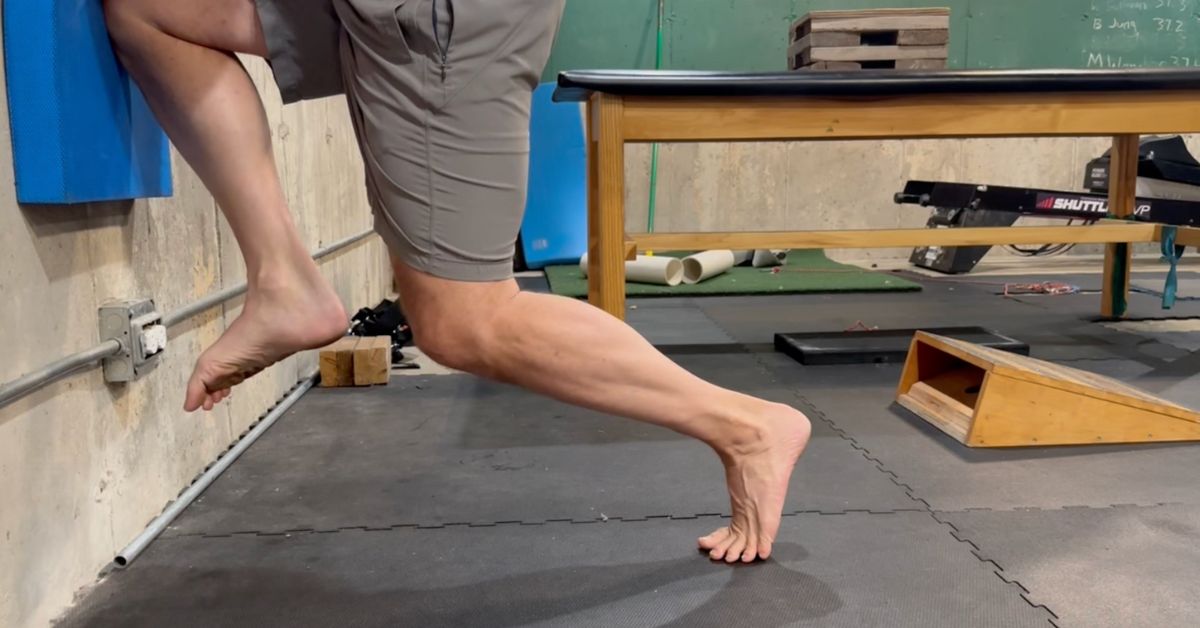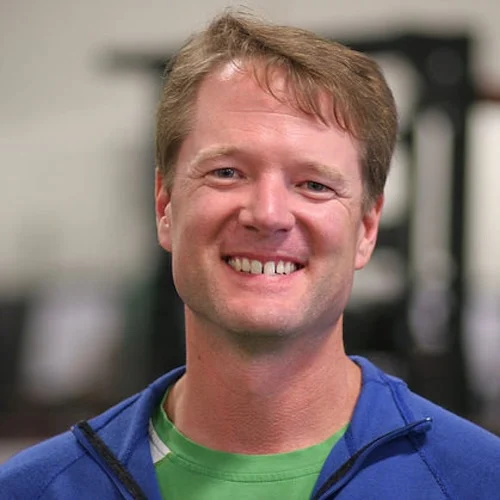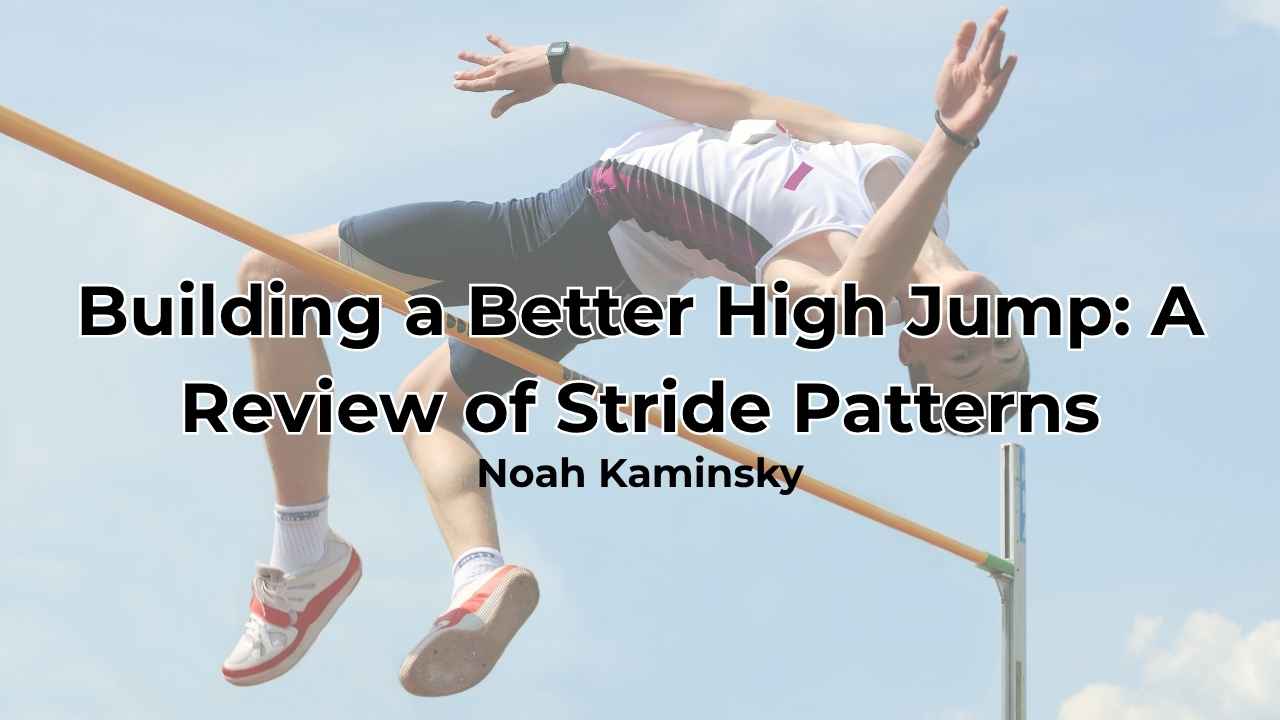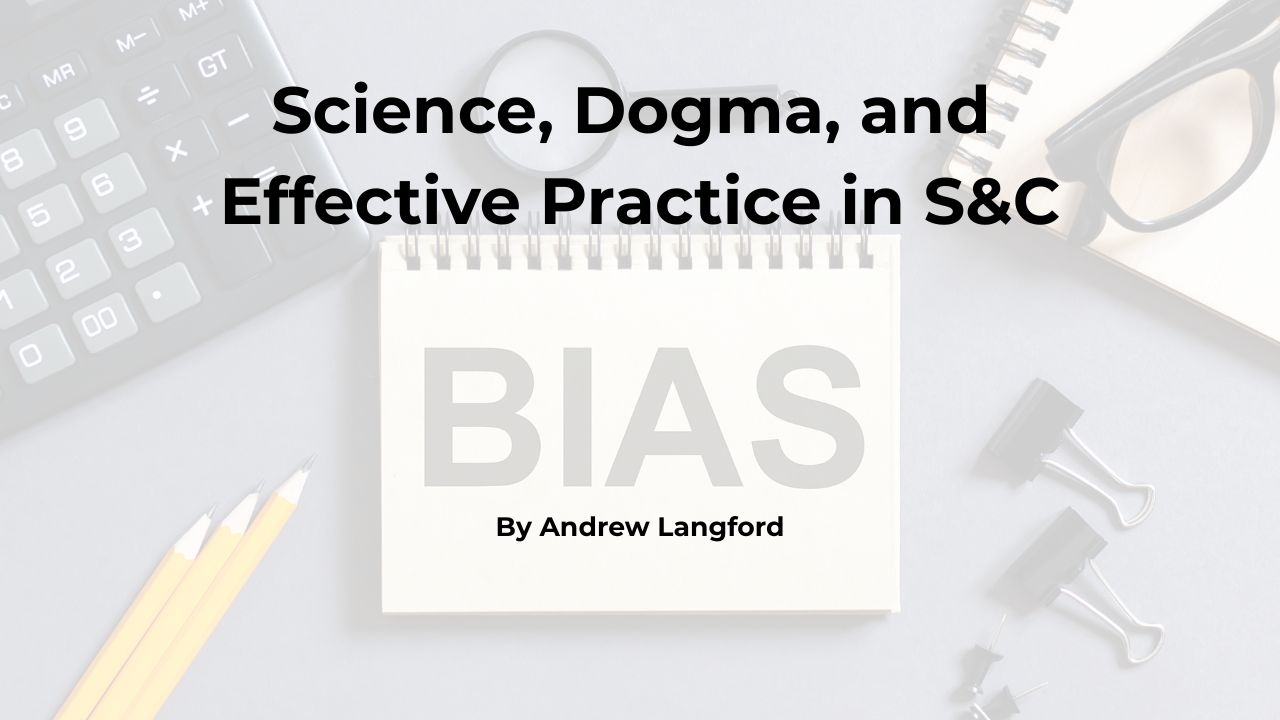Here in the Midwest, the weather changes by the hour. The weather app will say it should be great to be outside, with no chance of thunderstorms or snow—but then when it is time to go out, the dark clouds roll in. Now, it may not be a bad thing if you have an indoor facility. But all of a sudden you and every other program are looking for any space to get something out of the day—depending on who has it scheduled, you and your athletes may be out of luck. No weight room, no track, no nothing—except for, maybe, a wall.
Sometimes, wall drills can get a bad rap. There are plenty of social media posts showing why they are bad or why they are good. I am not here to enter that debate. I want to take it back to something more fundamental than the scissoring/high kneeing of the leg. I want to get back down to the foot.
Why So Much on the Foot?
The longer I have been coaching, the more I’ve begun to see the foot as the limiting factor in performance: the foot’s relative ability to absorb force or to redirect force seem to be keys in how fast you run. If a foot collapses on contact, that energy is dissipated (usually in the form of heat) and can’t be returned. The collapse is usually an indicator that the foot doesn’t have the strength to keep the structure of the foot. The structure of the foot would mean as little deformation of the tendon and bone structure as possible—the more the foot deforms, the longer it takes to reform to give propulsion. And, also, the longer it is then on the ground bleeding energy.
The longer I’ve been coaching, the more I’ve begun to see the foot as the limiting factor in performance: the foot’s relative ability to absorb force or to redirect force seem to be keys in how fast you run, says @korfist. Share on XOnce that energy is ready to come back, the foot is the last body part on the ground that will finish the push in a certain direction. If the push is not forward, the body will adjust the other parts so the sum of the movement will be toward the target (Don’t believe me? Watch someone run with and without a blindfold and see the difference in form.). So, the more the foot projects forward, the less the rest of the body has to compensate.
If we add some neurological aspects to this idea, the body will always go to its strength at the finish of the movement. Every great sprinter looks the same at toe-off, but there are variations to get to that point. Every great basketball shooter looks similar when the ball leaves the fingertips, but there are variations to get to that point. Frans Bosch makes this point in his book Strength Training and Coordination.
So, if we can identify what that finished position in sprinting is, we can strengthen that position with the intent that we will finish perfect.
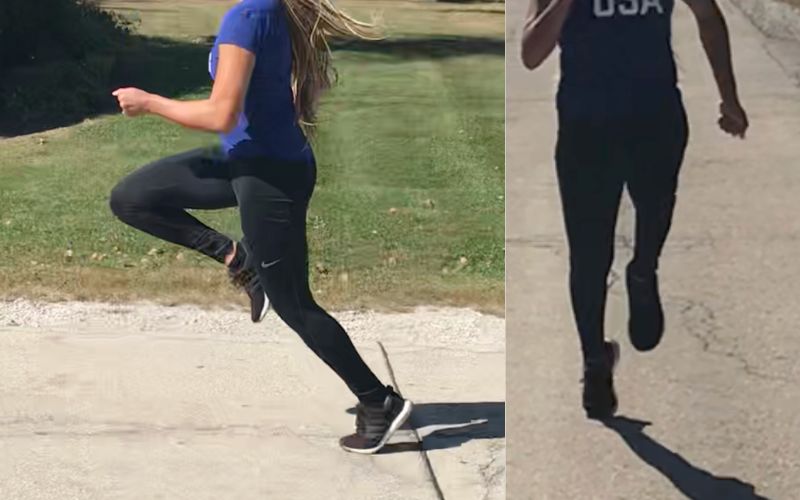
Great, so where does the wall come in? We want to get strong in the finish position, which is toe-off. Thanks to Ike Newton’s 3rd law, we know that “for every action, there is an equal and opposite reaction. So, if Object A acts a force upon Object B, the Object B will exert an equal and opposite force upon Object A.”
If I push into a wall with 20 Newtons, the wall will push back with 20 Newtons. More importantly, if I drive my body forward through my foot with 20N, it will push back with 20N. If I learn to hold that for a longer period of time, I will gradually develop more strength. Now, the wall can become useful.
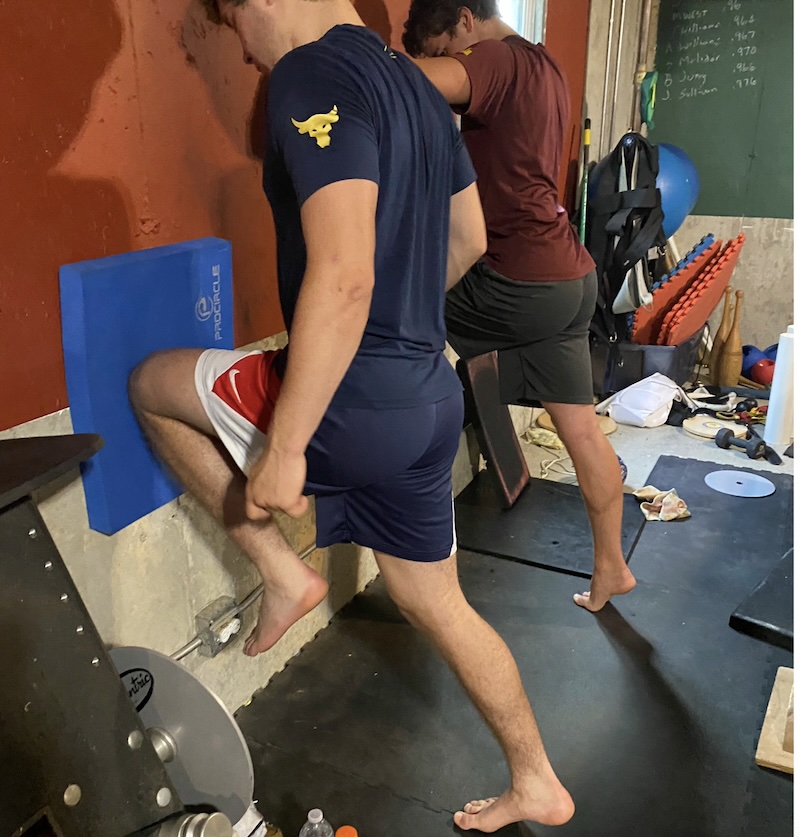
Position #1: Basic position.
Lead knee goes into the wall, back leg is positioned behind the hips.
- The knee should be behind the hips.
- Knee is completely straight—this is important, because the quad tends to take over for the plantar flexors.
The back foot on the ground has to have the toes pulled up off the ground. This teaches the intrinsic muscles of the foot to stiffen. In this position, drive off the back leg through the wall. Initially, I like to push for longer periods, as long as a minute, to build endurance. You will be amazed at how fast athletes fatigue in this position. Eventually, we go for short hard bursts. The goal is feeling the glute work through the foot.
Video 1. Barefoot athlete in the basic position feeling their heel and big toe.
Position #2: Same as Position #1, but now raise the heel up and forward, strengthening not only the plantar flexion through the hip, but also the direction of where the athlete pushes.
Ideally, if a coach is watching from behind, they will see the heel raise and go slightly inside the ball of the big toe. The goal is to rotate over the big toe joint. Athletes who lack that range of motion or direction will push to the side or only come up an inch or two. Athletes who have been in the squat rack too long will bend their knee to help finish—a lack of plantar flexion strength. Quads can push too slowly for too long to have a big impact on a great start. I try to aim for 30 reps.
Video 2. “Your heel is a rudder.”
Position #3: Similar to Position #1 except the athlete will bend their knee as far as possible towards the ground.
To do this, the heel has to rotate forward and up. Ideally the bottom of the foot will be perpendicular to the floor. The idea is to develop the strength to hold a horizontal drive position.
Video 3. The goal is to get your knee as close to the floor as possible and your heel as perpendicular as possible.
Position #4: Same as Position #4, but now push the heel forward and follow principles of Position #2—the heel has to drive in, not out.
One Day Better in Any Conditions
The end game is the idea that we not only worked on getting stronger in our finish position, but also learned how to guide the energy. And, more importantly, we didn’t miss a workout due to bad weather or the girls’ lacrosse team getting the track in the stadium.
The end game is the idea that we not only worked on getting stronger in our finish position, but also learned how to guide the energy, says @korfist. Share on XRegardless of any shoe policies in the school, we start with shoes and socks off and find a wall. Socks off, so that we don’t slip and also so I can see what the foot is doing. We will get into the position and hold for up to 2 minutes. Most will not make it, but I want it to get competitive at the end so my athletes don’t just stop when slightly uncomfortable or if they start shaking. We can finish with some line hops, toe pops, or single-leg hops. We then go home and hope for better weather or more favorable scheduling the next day.
Since you’re here…
…we have a small favor to ask. More people are reading SimpliFaster than ever, and each week we bring you compelling content from coaches, sport scientists, and physiotherapists who are devoted to building better athletes. Please take a moment to share the articles on social media, engage the authors with questions and comments below, and link to articles when appropriate if you have a blog or participate on forums of related topics. — SF

